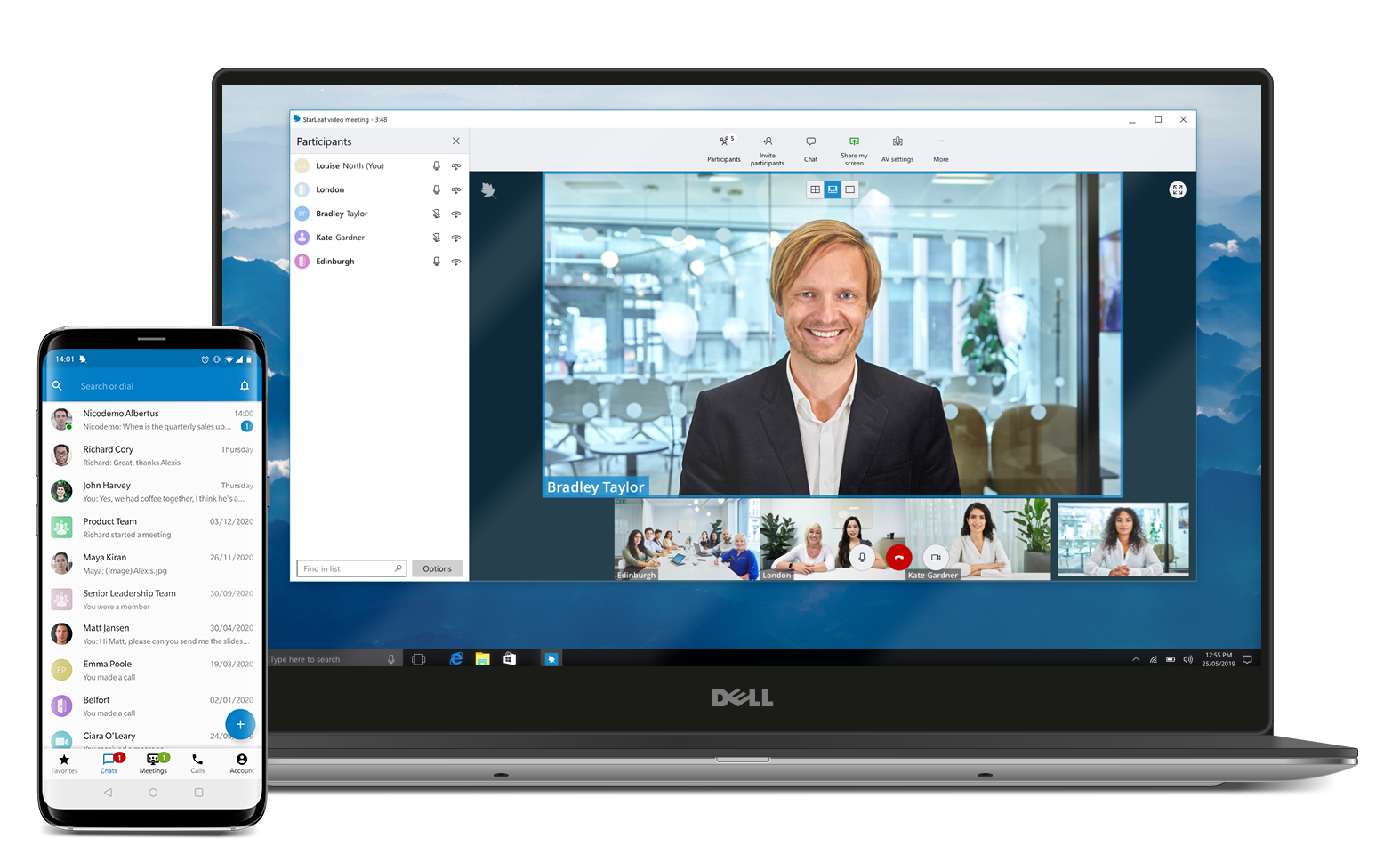Is simpler technology the key to successful hybrid working?
THE ARTICLES ON THESE PAGES ARE PRODUCED BY BUSINESS REPORTER, WHICH TAKES SOLE RESPONSIBILITY FOR THE CONTENTS

With 80 per cent of businesses keen for more straightforward collaboration, today’s video conferencing tools may be a barrier to effective team-working
The hybrid working debate provokes strong opinions. But the emerging consensus is that allowing people to work more frequently from home, while still regularly visiting the office, will offer the best balance for businesses and employees alike.
There’s also a consensus that video collaboration solutions will be critical to creating a hybrid-friendly working culture. After all, video kept the global economy turning during the pandemic, and experts predict that investment in video conferencing will grow significantly as businesses increasingly see hybrid working as an important strategic initiative. It can reduce both cost (office rent, desk space, business travel) and the carbon footprint of the organisation.
One solution fits all?
Outside the IT community, relatively little consideration is given to the differences between video collaboration platforms. Attention tends to focus on the (admittedly crucially important) areas of security, reliability and compliance. But what about the user experience? Can the choice of platform really exert a big impact on people’s job satisfaction and therefore an organisation’s productivity?
I passionately believe that it can. Why? Because people’s mental well-being has a big impact on their productivity, and I’m convinced that people are happiest and most productive at work when they are completely and effortlessly connected.

Collaboration frustration
To test if these beliefs are widely held, in May 2021, we commissioned a survey of over 1,000 business users of a leading video conferencing and collaboration platform. The respondents came from both SMEs and enterprises, and they used the platform as a primary tool for business communication with colleagues and external contacts – for messaging and audio calls as well as for video meetings.
Our survey focused on uncovering if users were happy with the platform provided to them and what they found lacking if not.
Asked to describe their productivity when using the platform, 27 per cent said their productivity had fallen, compared to working in the office pre-pandemic. While an overwhelming 92 per cent said the platform made them less collaborative than when they were in their regular workplace.
We were especially interested in whether the platform’s many intricate features were a barrier to effective team working and it seems that they overwhelmingly are. A full 80 per cent reported finding the platform complex and frustrating to use, and in fact, 20 per cent of all users are so frustrated that they are actively looking for an alternative provider. Imagine spending 20 hours a week feeling exasperated and unable to work because of a tech platform. That’s too much time by anyone’s standards.
No surprise, then, that 67 per cent of respondents said they would welcome a simpler, cleaner and easier to use tool for collaboration.
Simpler is smarter
These results prove that a sizable proportion of businesses want a more straightforward way to connect and collaborate.
We didn’t dig more deeply into whether our survey respondents were using their platform at home or in the office, or both. But given that it’s purposely designed to work in both environments, I firmly believe that the challenges our survey respondents are experiencing apply across the hybrid working spectrum.
There is a better way. At StarLeaf, we’ve consciously designed and built a more intuitive way for people to message, meet and call: at home on their computer, on the move on a smartphone or in an office meeting room. Meanwhile, our industry leading reliability and accreditation to the highest standards of data security mean ease of use comes with performance you can trust.
If you’re planning for a future of hybrid working in your business, I’d urge you to investigate choosing a simpler collaboration platform such as StarLeaf. It frees your people from the complex tools that frustrate creativity, productivity and innovation, allowing them to focus on what really matters: creating the human connection at work.
Try StarLeaf for free
Originally published on Business Reporter
